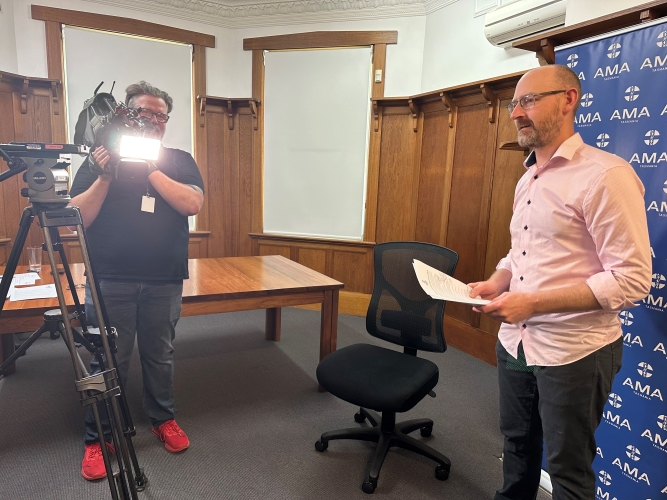Women's rights over financial sustainability for private obstetric care
Today's Healthscope announcement regarding the closure of maternity services at the Hobart Private Hospital is no surprise with the AMA warning two private services were not sustainable in Tasmania for some time.

This closure now leaves only one remaining private maternity unit for the entire state of Tasmania, with the public hospital system providing the north and northwest obstetric services.
We have expressed concerns that two services are not viable for the southern Tasmanian private patient population due to extreme pressures on midwife staffing, the solution must be focused on training, attraction, and retaining more midwives and to fund maternity care properly.
We must also consider the role private health insurers play in the cost of health care, and how the insurers pay for the health care that the private hospitals deliver, with the cost of supporting private obstetric care not sustainable in many centres due to the current insurer shortfalls. This needs to be urgently addressed, and the Tasmanian AMA is calling on all Federal politicians to ensure that women's health is valued and funded to meet both the demand and the costs.
The requirement for women to have Gold Tier or above private insurance makes it unaffordable for many women which further compounds the problem.
The birthing unit at Hobart Private Hospital delivers approximately 600 babies annually. Private birthing facilities ensure safe and effective maternity care, provide options for expectant mothers, deliver specialist obstetric care and play a significant role in reducing the pressure on the public system.
Tasmania is seeing a growing trend of essential private service closures or the withdrawal of planned projects, including the mother and baby unit at St Helen's Private Hospital. These closures are already placing added strain on our public healthcare system.
There is no denying that running a modern private obstetric practice involves significant costs, including providing 24/7 coverage at hospitals, offering extensive support services throughout the pregnancy journey, and maintaining a multidisciplinary care approach.
Midwife shortages and the need to employ locum midwives also impact the public's costs of maternity health care.
Late last year, the AMA proposed building a new acute hospital within 5-10 minutes of the current site. At the same time, this would allow the current Royal Hobart Hospital to become a dedicated Women's and Children's public and private as well as elective surgery. Merging all maternity services into one modern site with dedicated women's health services and redesigned clinics would enhance efficiency, improve patient care, and help attract and retain obstetric specialists and midwives.
The model of having a private maternity ward, run by a private provider, located at the same site as the public maternity ward in Hobart needs to be taken seriously and looked at strategically.
Although a new hospital is a significant investment, given that yet another private hospital resource for Tasmanians seeking healthcare has been removed, it is becoming increasingly clear that this is a necessary step for the long-term health of Tasmania's population.>>>ENDS.



